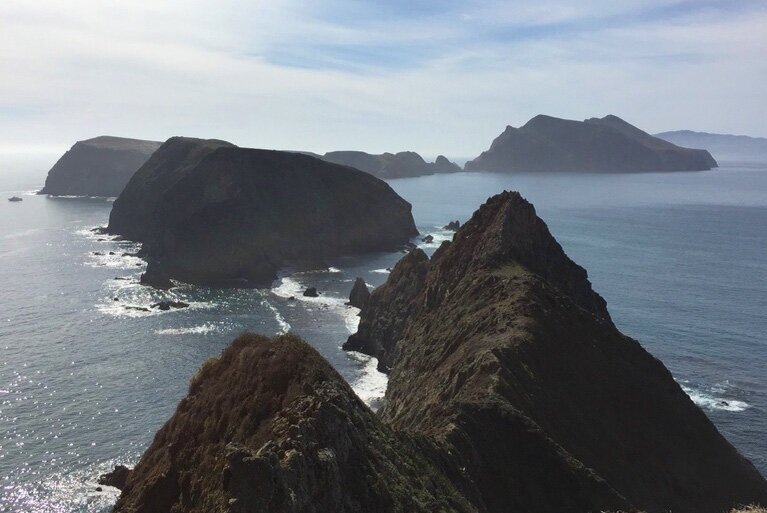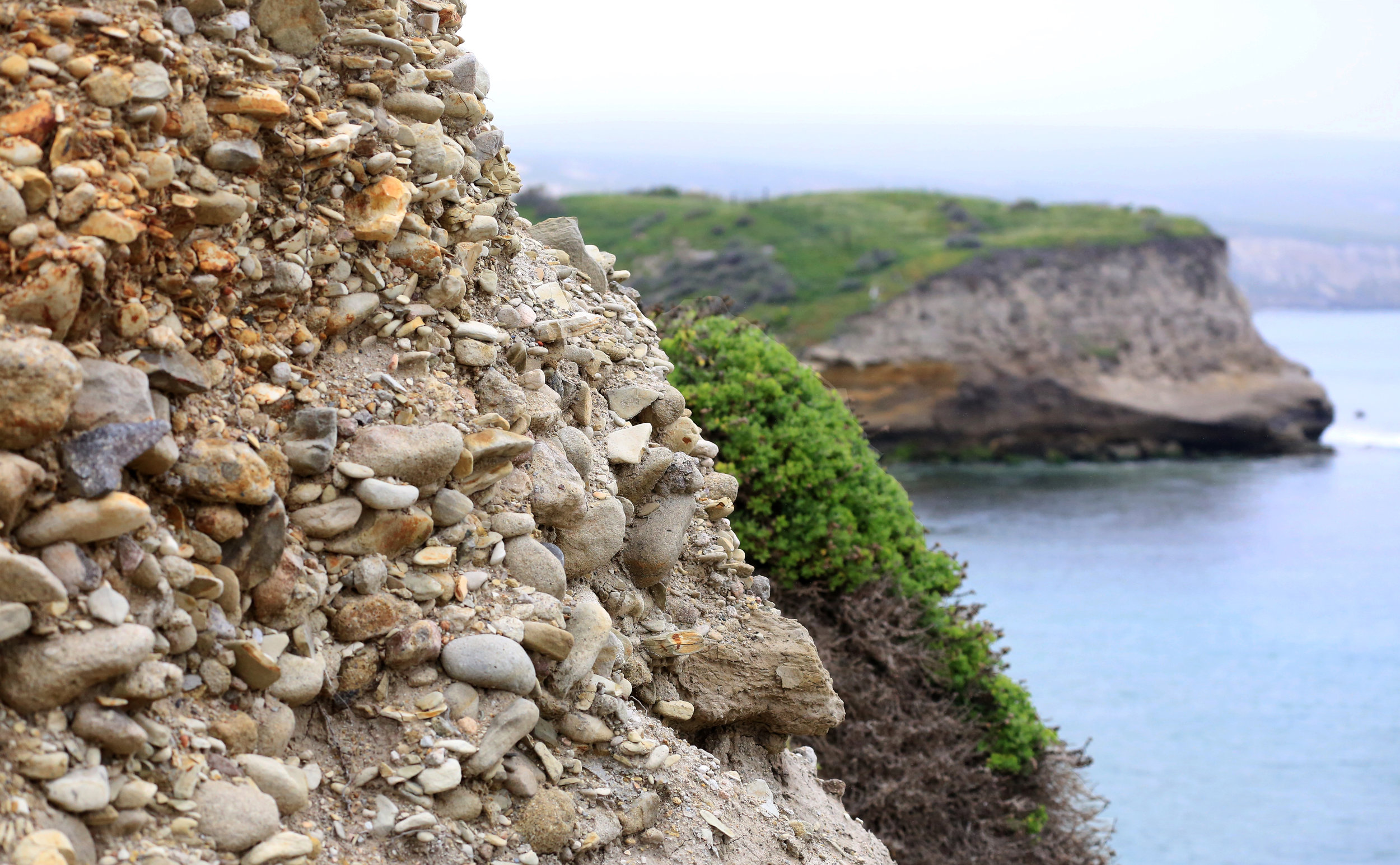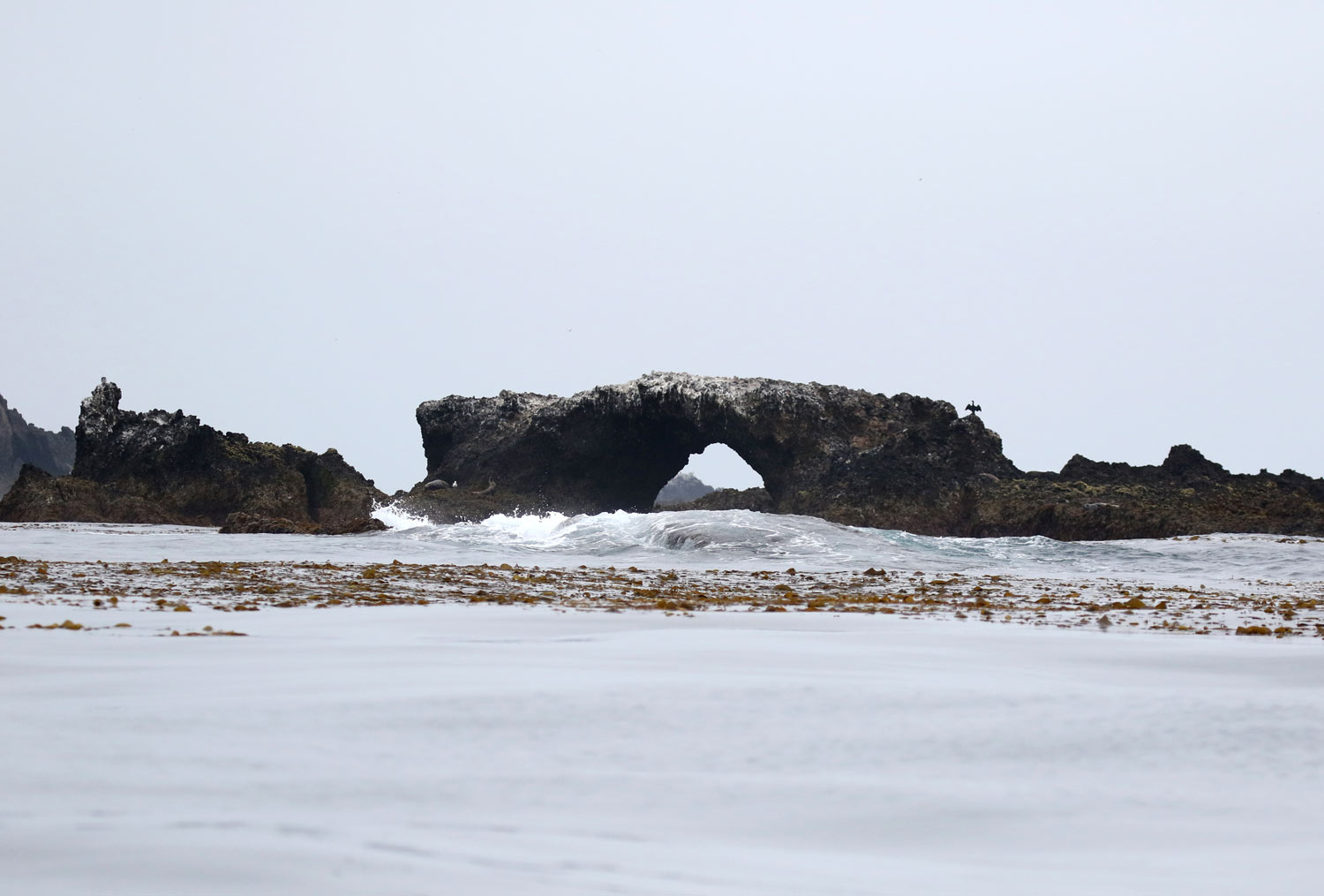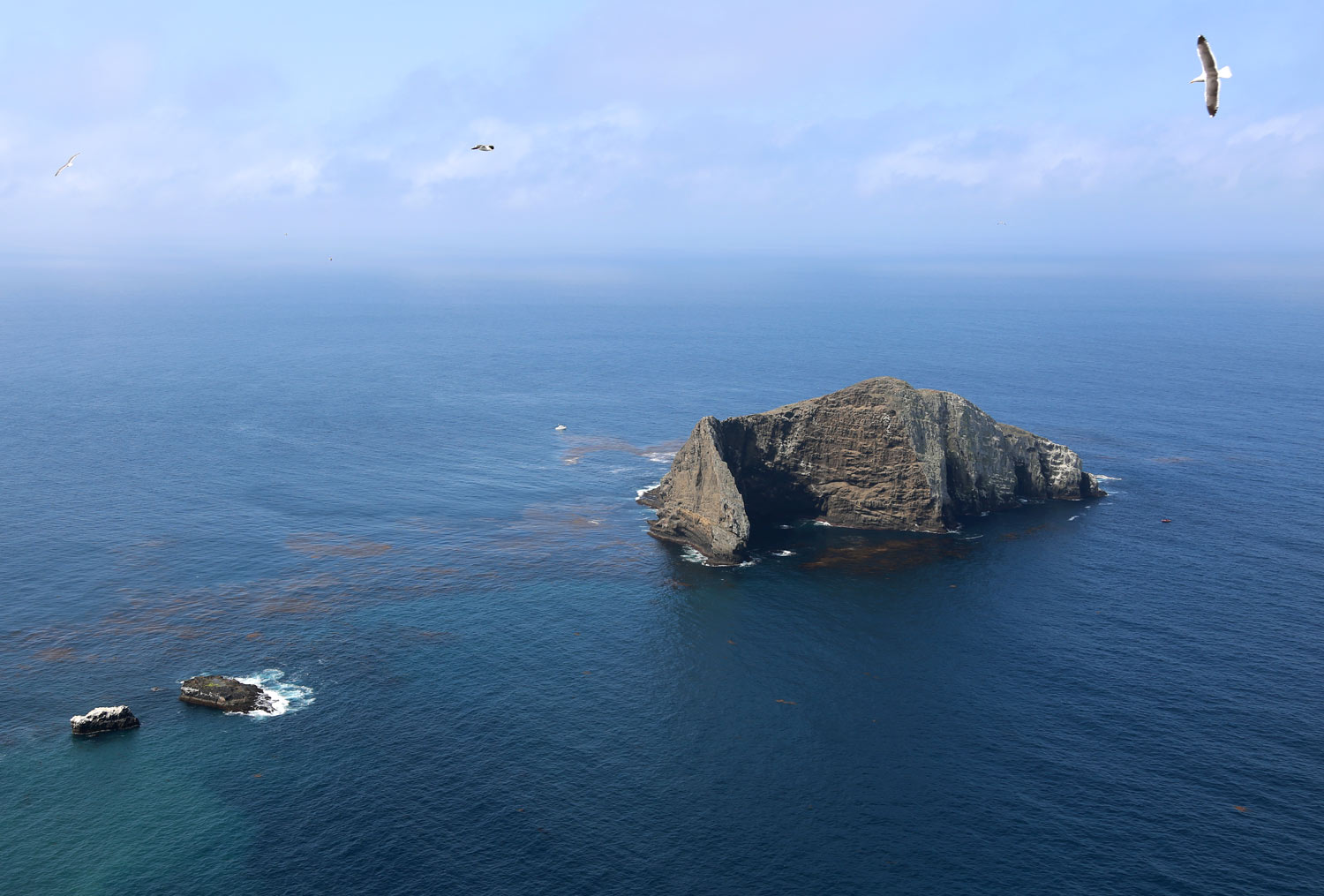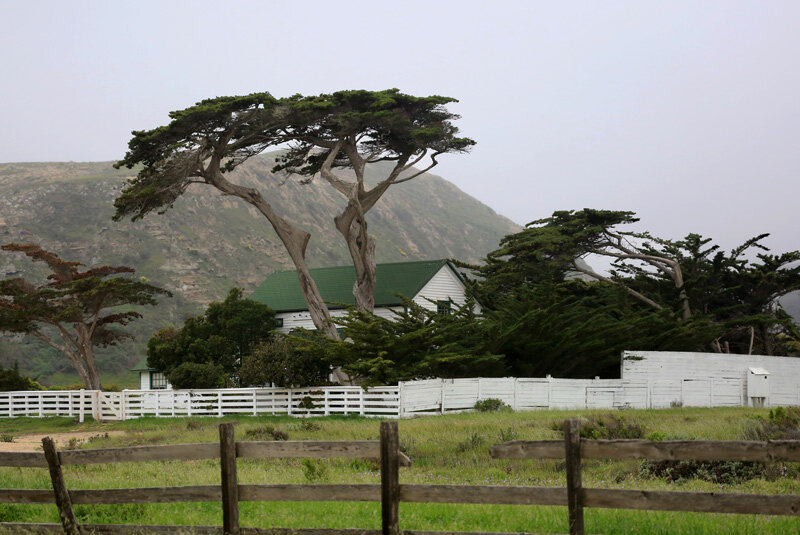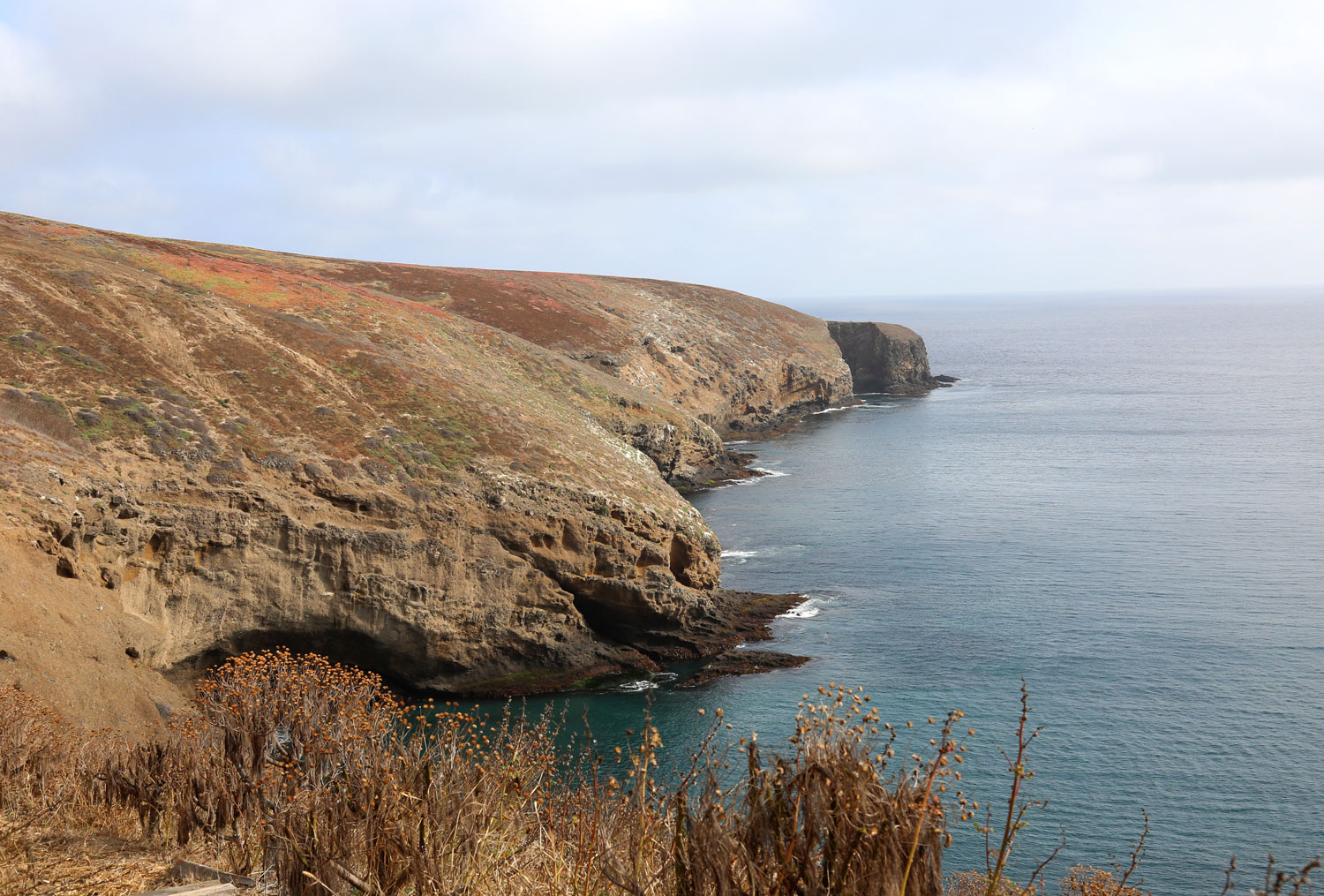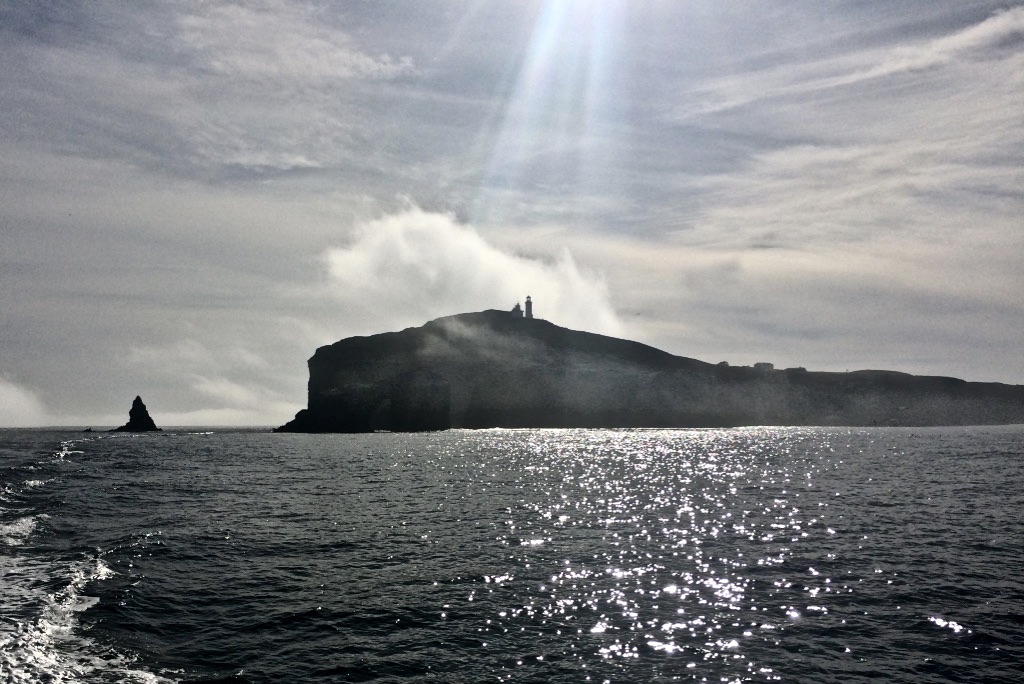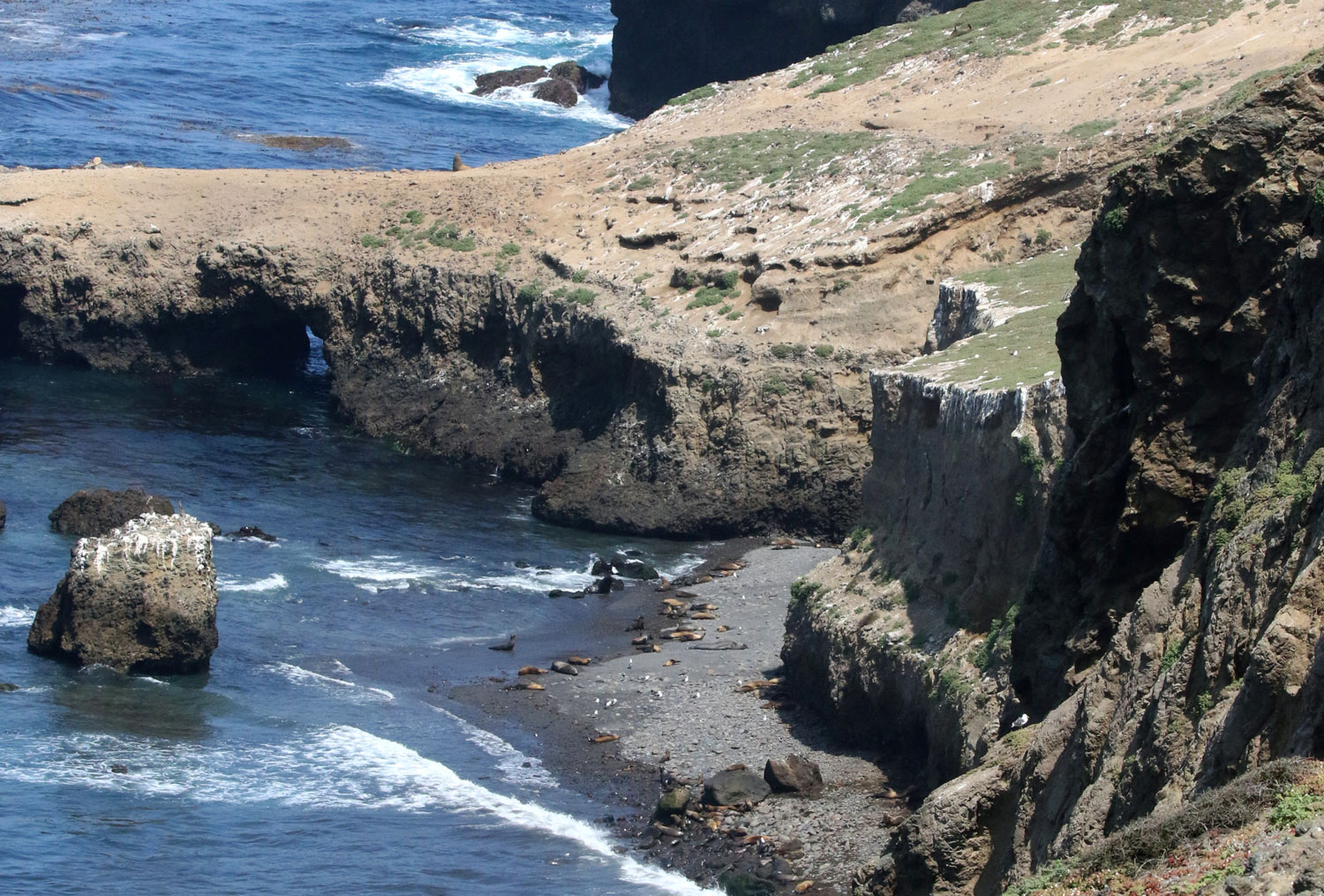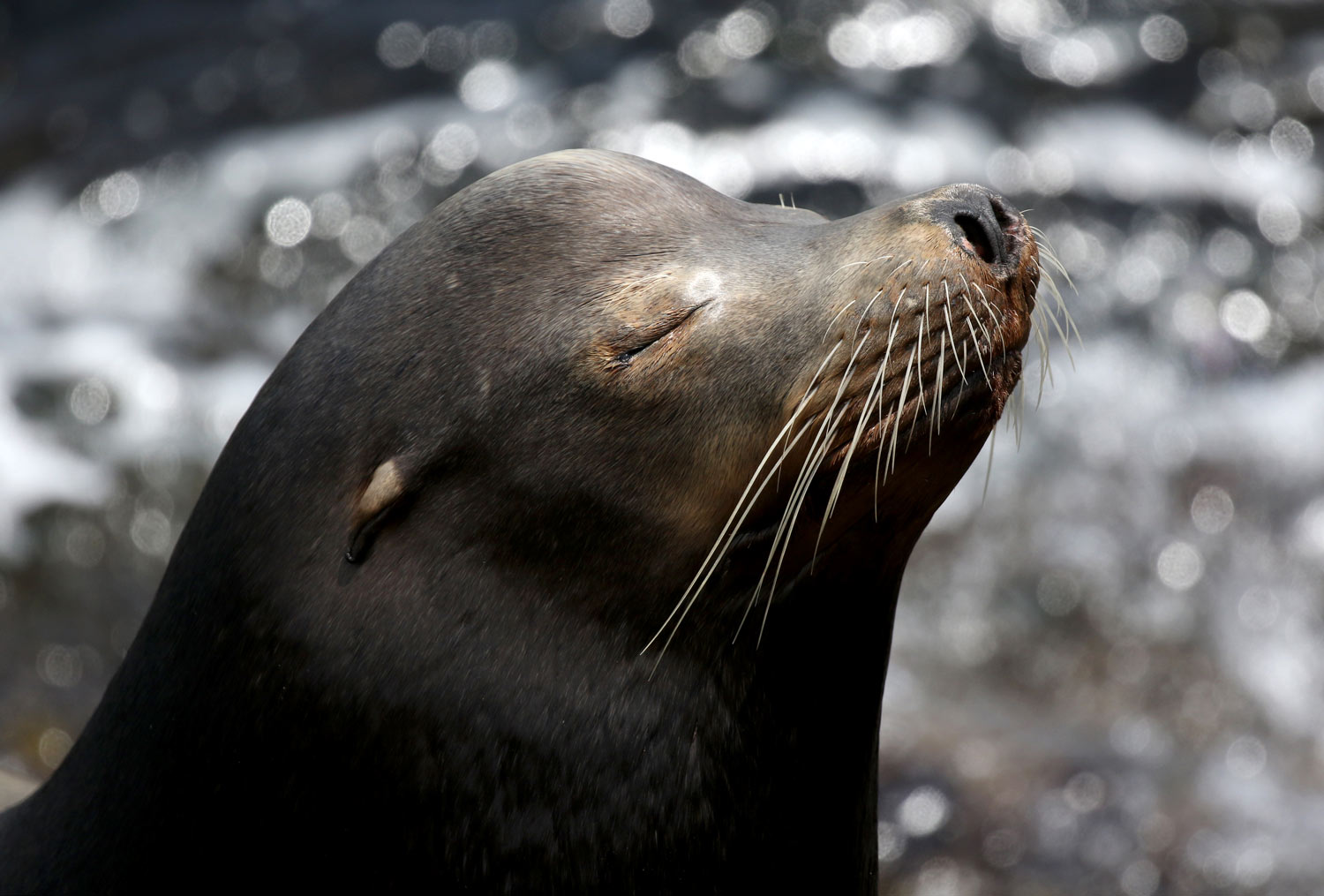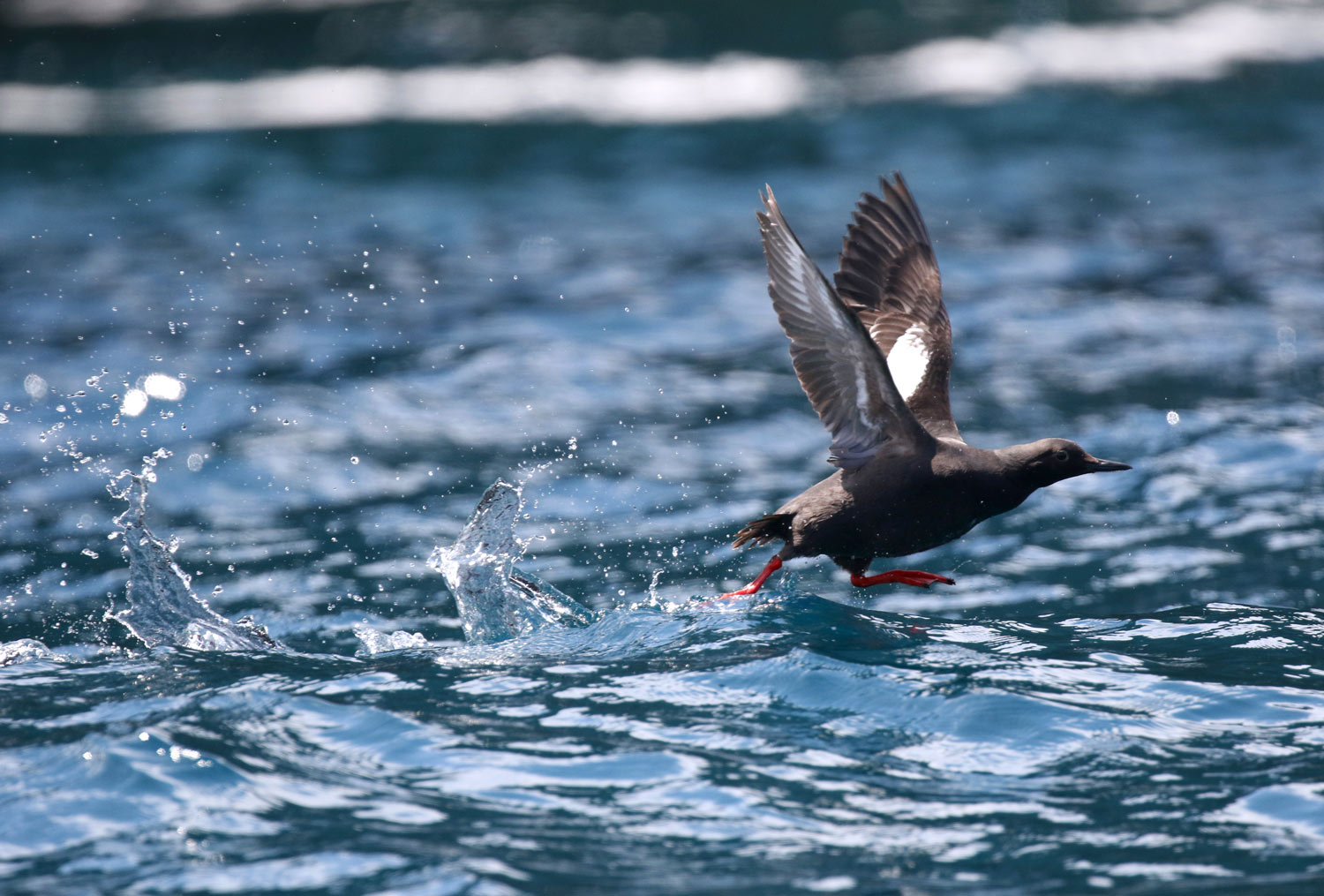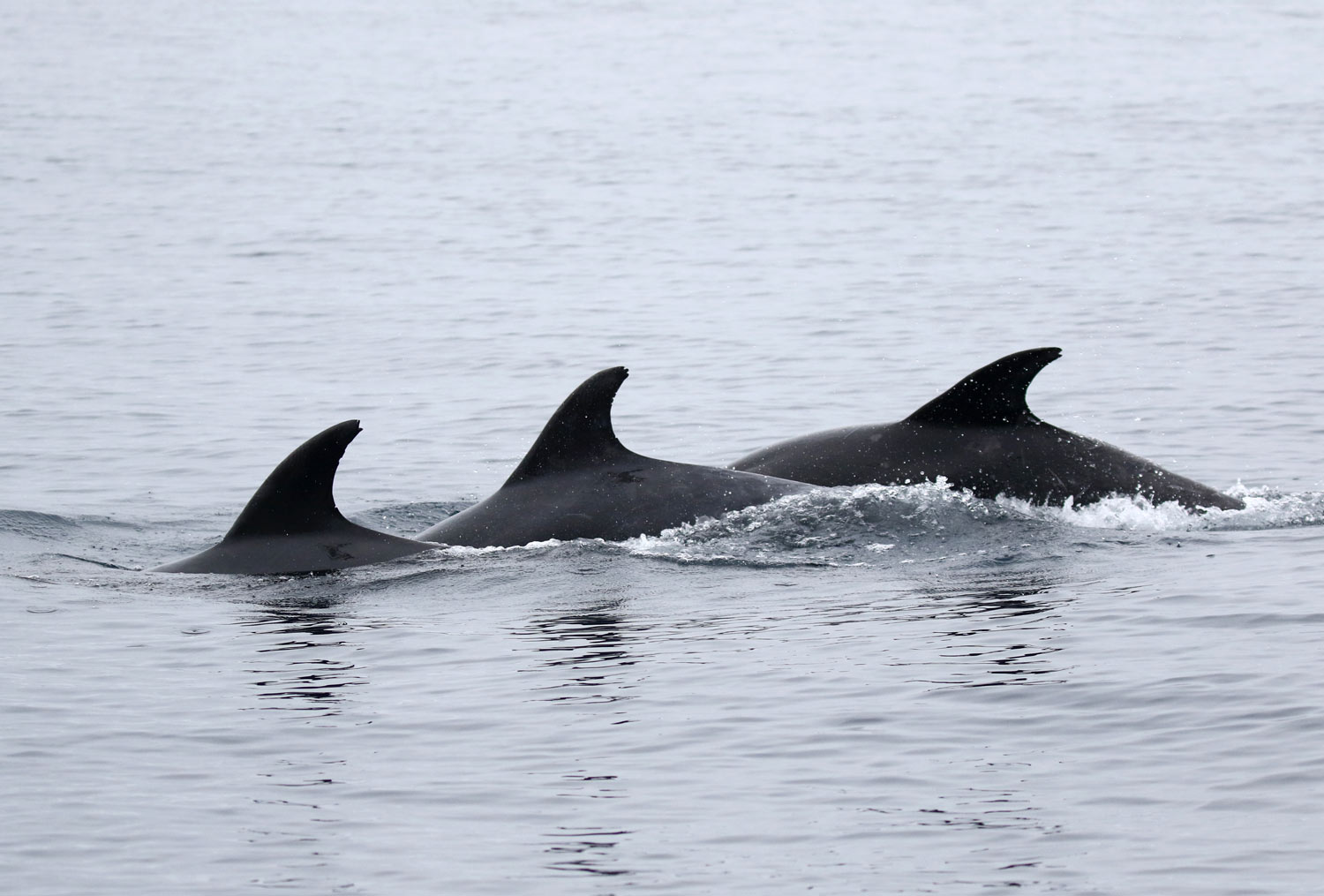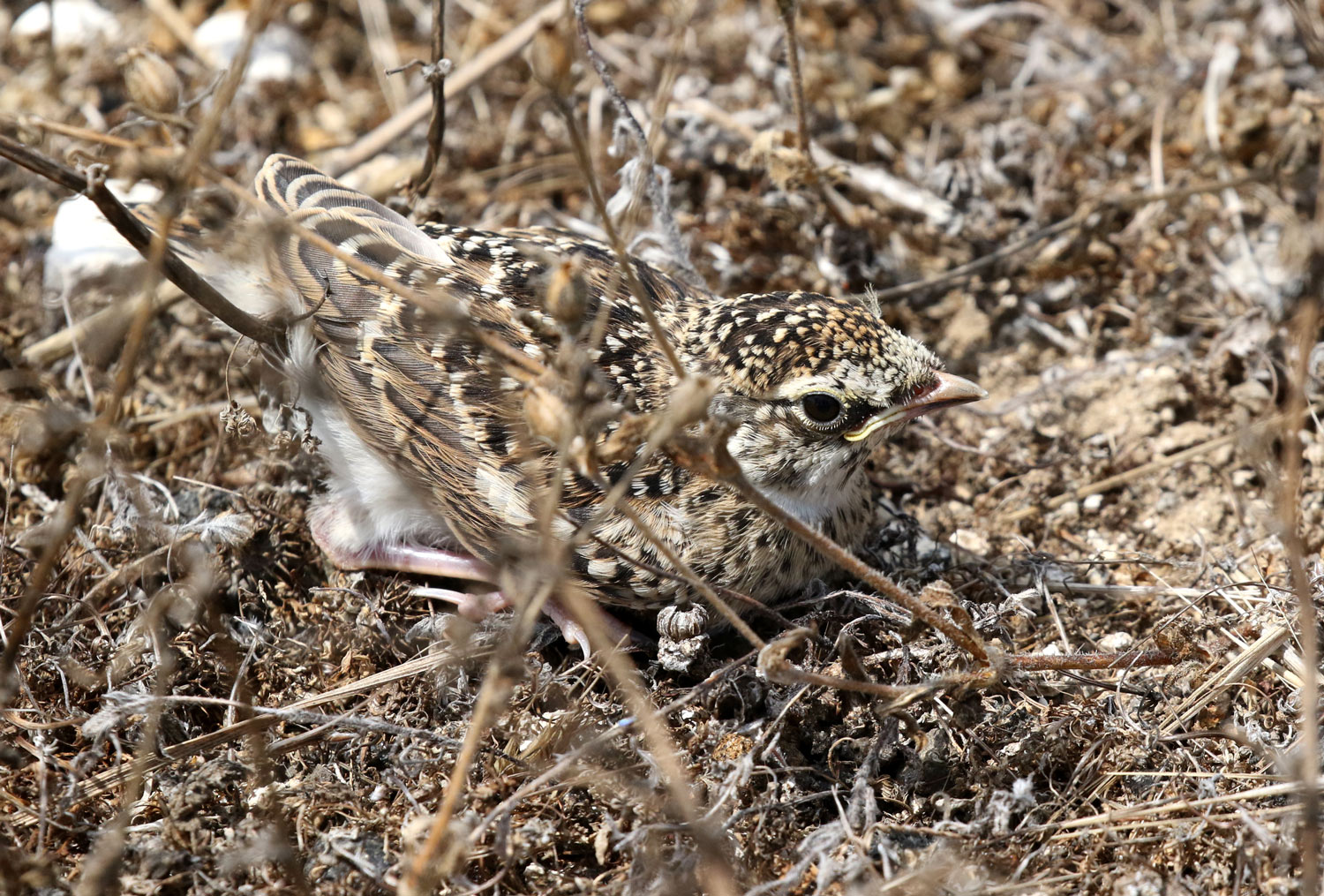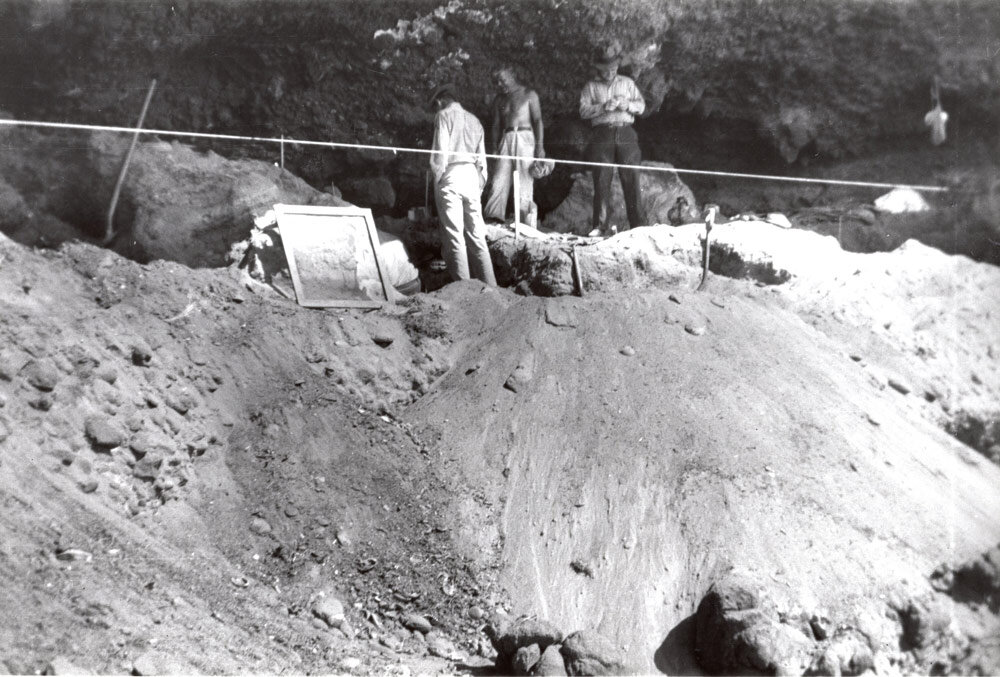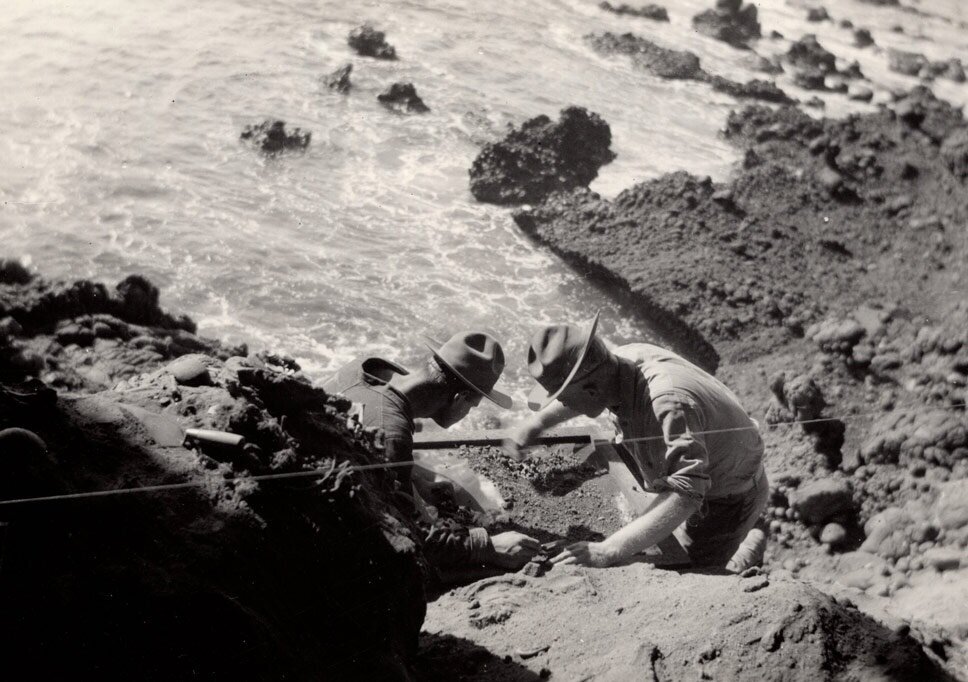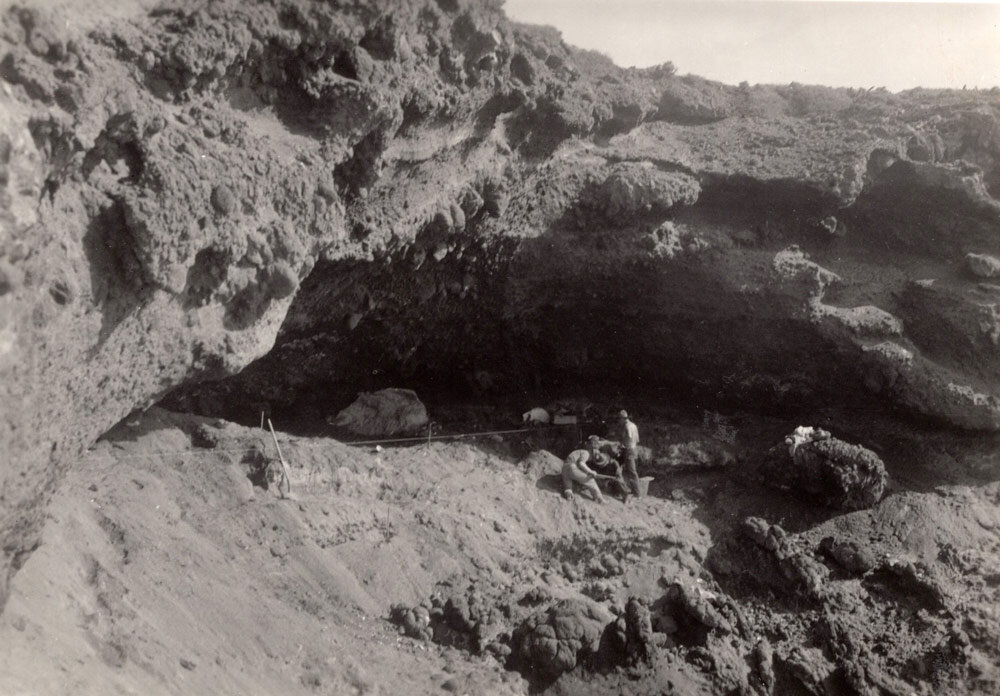The Islands
Anacapa, Santa Cruz, Santa Rosa, San Miguel, Santa Barbara, Santa Catalina, San Nicholas, san Clemente
Resting in what resembles a megalodon-sized shark bite out of the California mainland, the Channel Islands lie within the Southern California Bight, a curvaceous expanse of water abutting three hundred miles of coastline. Because these semi-wild islands first rose from the sea two million years ago, there evolved eight unique ecosystems, each surrounded by the Pacific Ocean. One hundred forty-five plants and animals that have made their home on the Channel Islands are found nowhere else on the planet—hence their nickname: North America’s Galapagos.
